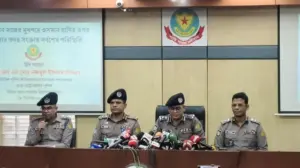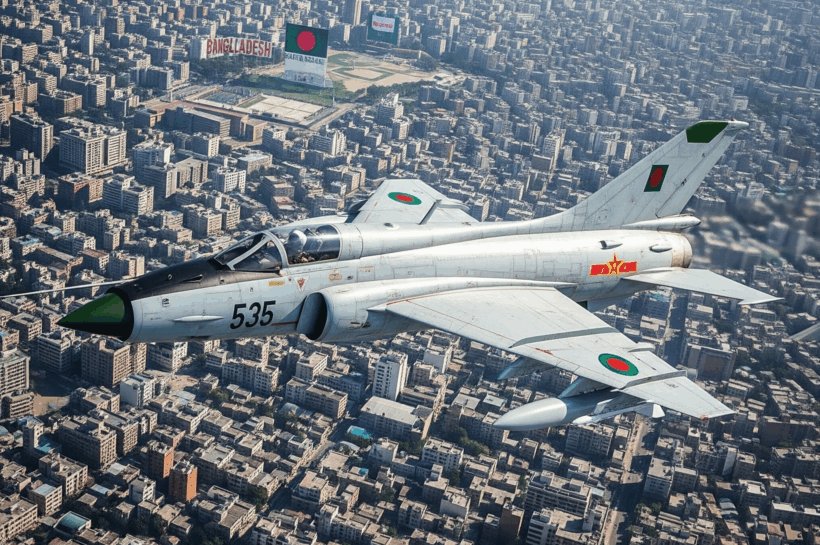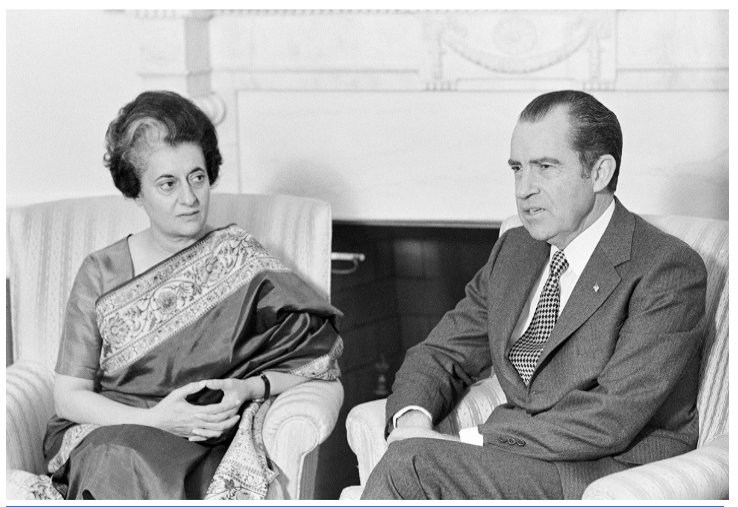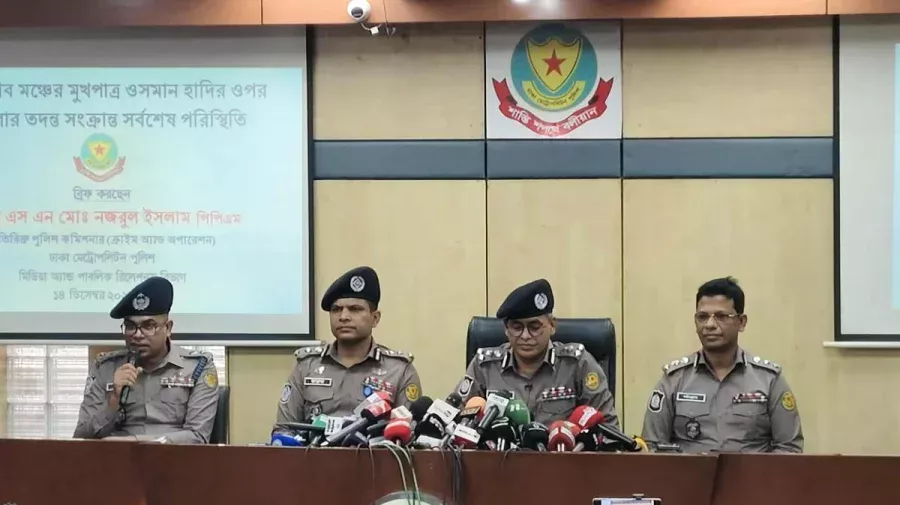Dhaka, Bangladesh – July 21, 2025 – A devastating crash involving a Bangladesh Air Force (BAF) F-7 BGI training jet in Dhaka’s bustling Uttara area has left at least 19 dead and many injured, sparking widespread outrage. This marks the fourth F-7 crash in Bangladesh, raising critical questions about the reliability of these Chinese-made fighter jets and the government’s commitment to public safety.
Previous reported F-7 crashes in Bangladesh:
April 8, 2008: A Bangladesh Air Force F-7 crashed in Tangail District, resulting in the death of Squadron Leader Morshed Hasan.
June 29, 2015: Flight Lieutenant Tahmid (BAF) went missing when his F-7MB crashed into the Bay of Bengal.
November 23, 2018: Wing Commander Arif Ahmed Dipu (BAF) died when his F-7BG crashed in Tangail’s Madhupur Upazila during a training mission.
Adding to public anxiety, a recent incident involving Acting Advisor Sojib Bhuiya attempting to board a flight with a firearm magazine and bullets – reportedly without action taken – further fuels concerns about the government’s proactive approach to public safety. This perceived systemic laxity, from an advisor’s security lapse to a military jet crashing into a school, underscores a worrying lack of proactive governance on critical safety concerns under the current interim administration.
The Troubling Trend: Why F-7 Fighter Jets Crash Repeatedly in Bangladesh
Aviation experts point to several key reasons for the F-7’s concerning accident rate within the BAF:
- Outdated Design & Limited Automation: The F-7 BGI, while upgraded, is based on a 1950s Soviet MiG-21 design. Unlike modern fighter jets with advanced automation, the F-7 demands significant manual piloting, offering less room for error. This “legacy design” contributes to its inherent risks.
- High Pilot Skill Requirement: Operating the F-7 is highly demanding. Pilots need exceptional skill and quick decision-making, especially during high-stress training maneuvers that push the aircraft’s limits.
- Maintenance & Operational Strain: As an aging fleet, the F-7s face greater maintenance challenges. Constant training puts immense wear and tear on components, increasing the likelihood of mechanical failure.
- Intensive Training Role: The F-7 serves as a primary training aircraft, meaning frequent flights and complex exercises. This high operational tempo naturally increases exposure to potential incidents.
Flying Over Residential Areas: An Unacceptable Risk for Dhaka?
Today’s tragedy in a populated school zone immediately prompts a vital question: Should an F-7 training jet fly over residential areas of Dhaka?
No. Standard aviation safety principles strictly advise against routine low-altitude military training flights over densely populated urban areas. Here’s why:
- Catastrophic Civilian Risk: A mechanical failure or pilot error over a residential area almost guarantees mass casualties and severe property damage, as tragically seen today.
- Extreme Noise Pollution: Low-flying fighter jets create intolerable noise levels, disrupting daily life, schools, and overall public well-being.
- Limited Emergency Options: In an emergency, pilots aim for unpopulated areas. Flying over cities removes these critical safety zones, trapping pilots in a high-risk situation.

Chief Advisor Muhammad Yunus: Defence Ministry Under Fire
As the Chief Advisor of the interim government, Professor Muhammad Yunus directly heads the Ministry of Defence. While not involved in daily Air Force operations, his ultimate responsibility as head of government is profound:
- Policy & Oversight: Yunus is accountable for ensuring robust safety policies, effective operational protocols, and responsible procurement decisions that protect both military personnel and civilians.
- Accountability & Investigation: His administration must lead a swift, transparent, and comprehensive investigation to uncover systemic issues, including the F-7’s suitability and flight regulation adequacy.
- Restoring Public Trust: The repeated incidents, culminating in this disaster, have eroded public confidence. Chief Advisor Yunus must take decisive action, demonstrate accountability, and implement reforms to prevent future tragedies.
Who Authorized the Flight? Scrutiny on the Chain of Command
The authority for approving military flight paths, including training missions, lies with the Bangladesh Air Force (BAF) command structure, under the ultimate oversight of the Ministry of Defence.
- BAF Regulations: The BAF has internal flight safety regulations, designated training zones, and approved corridors.
- ATC Coordination: While civilian Air Traffic Control (CAAB) manages overall airspace, military flights coordinate for transit or operate within their zones.
- Commanding Officers: The specific flight plan would have been approved by the airbase’s commanding officer and training supervisors, who ensure protocol adherence.
The crash in Uttara indicates either a severe deviation from established safety procedures, an unauthorized flight path, or a fundamental flaw in existing regulations allowing such flights over densely populated urban areas.
The nation demands more than condolences; it demands clear explanations, accountability, and immediate, effective measures to ensure the safety and security of all citizens.




























